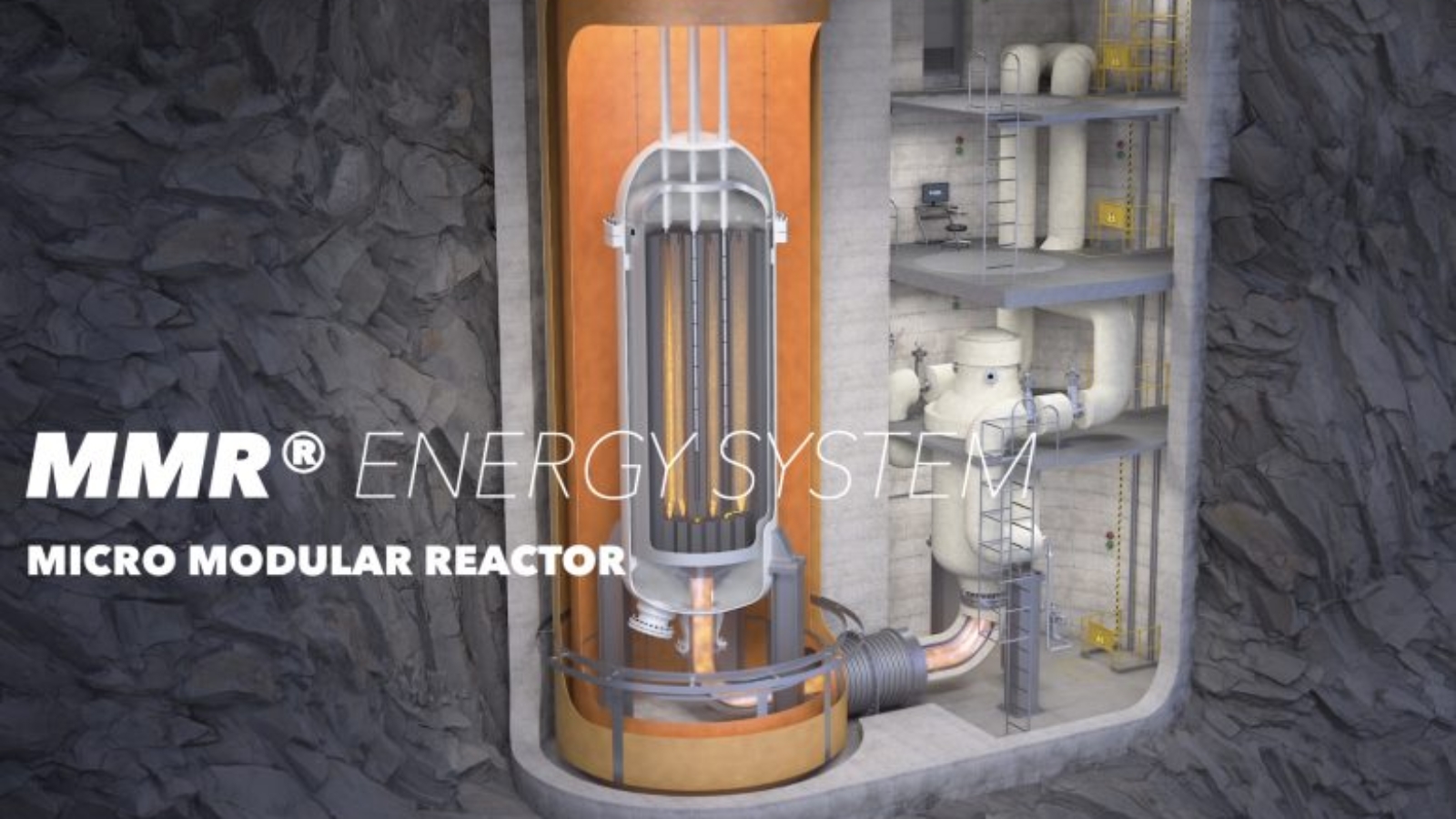Ultra Safe Nuclear Corporation (USNC), a leading developer of Micro Modular Reactors – MMR – systems for the production of safe, commercially competitive, clean and reliable nuclear energy, has adopted two 3D printers from the recently updated X-Series line of binder jetting systems, with two additional machines to follow this year.
Desktop Metal’s recently rebranded X-Series line of binder jet 3D printing systems for metal and ceramic powders — which includes the InnoventX, X25Pro and X160Pro — can 3D print advanced materials such as silicon carbide (SiC), a technical ceramic with extreme environmental stability often used in aerospace, armor, plasma shield, and high-temperature applications.
USNC transforms highly pure, crystalline, nuclear-grade SiC into the shapes and forms that can safely surround a nuclear fuel particle, enabling USNC’s Fully Ceramic Micro-encapsulated (FCM) fuel innovation. The technology, which is detailed in a case study also released today, is a key component of USNC’s innovative fuel design for use in a new generation of advanced reactors known as micro modular reactors or MMR.
Manufacturing on Demand
“Binder jetting is a low-cost, high-yield, reliable process for our complex serial production,” said Dr. Kurt A. Terrani, executive vice president of USNC’s Core Division and an internationally recognized technology leader in nuclear fuels. He previously led multiple research and development efforts at Oak Ridge National Laboratory. He added, “The advanced material capability of the X-Series machines is fundamental to our innovative approach to fuel design.”
The X-Series line was designed to scale applications from research and development to mass production with repeatable open parameters and performance across a range of machines. With the small-format InnoventX already installed at the company’s facility in Salt Lake City, Utah, USNC has developed its next-generation nuclear fuel matrix to be scaled up on the larger X25Pro and X160Pro systems.
“Driving mass adoption of additive manufacturing requires scalable systems capable of printing high-performance materials that enable the most innovative applications,” said Ric Fulop, Co-founder and CEO of Desktop Metal. “We’re proud to support the mission of USNC with flexible binder jetting technology that takes customers all the way to production and helps play a role in solving global-scale problems with additive manufacturing solutions.”
The X-Series family of scalable printers — the InnoventX, X25Pro and X160Pro — offers a differentiated approach to binder jetting enabled by patented Triple ACT, an advanced compaction technology for dispensing, spreading and compacting powders during the binder jet printing process. This flexible, open materials architecture is capable of binding together a wide range of powders and allows X-Series printers to process metals, ceramics and more with high density and repeatability for functional, precision parts and tooling in a wide range of build areas. Important for 3D printing silicon carbide, the whole process is carried out at low temperatures. This enables USNC to create complex and bespoke shapes for its Micro Modular Reactors – MMR – in a material that is difficult or impossible to manufacture with traditional technologies or laser-based 3D printing methods.
You might also like:
Epson launches industrial 3D printer for commonly available materials: Manufacturers have responded to this promise by accelerating the development and launch of 3D printers for the industrial market, which is expected to expand rapidly in the future. However, conventional industrial 3D printers require the use of special modeling materials. Moreover, they are not well-suited to the production of objects that offer both strength and accuracy, so their use in industrial parts for final products has been limited.
* This article is reprinted from 3D Printing Media Network. If you are involved in infringement, please contact us to delete it.
Author: Davide Sher



Leave A Comment